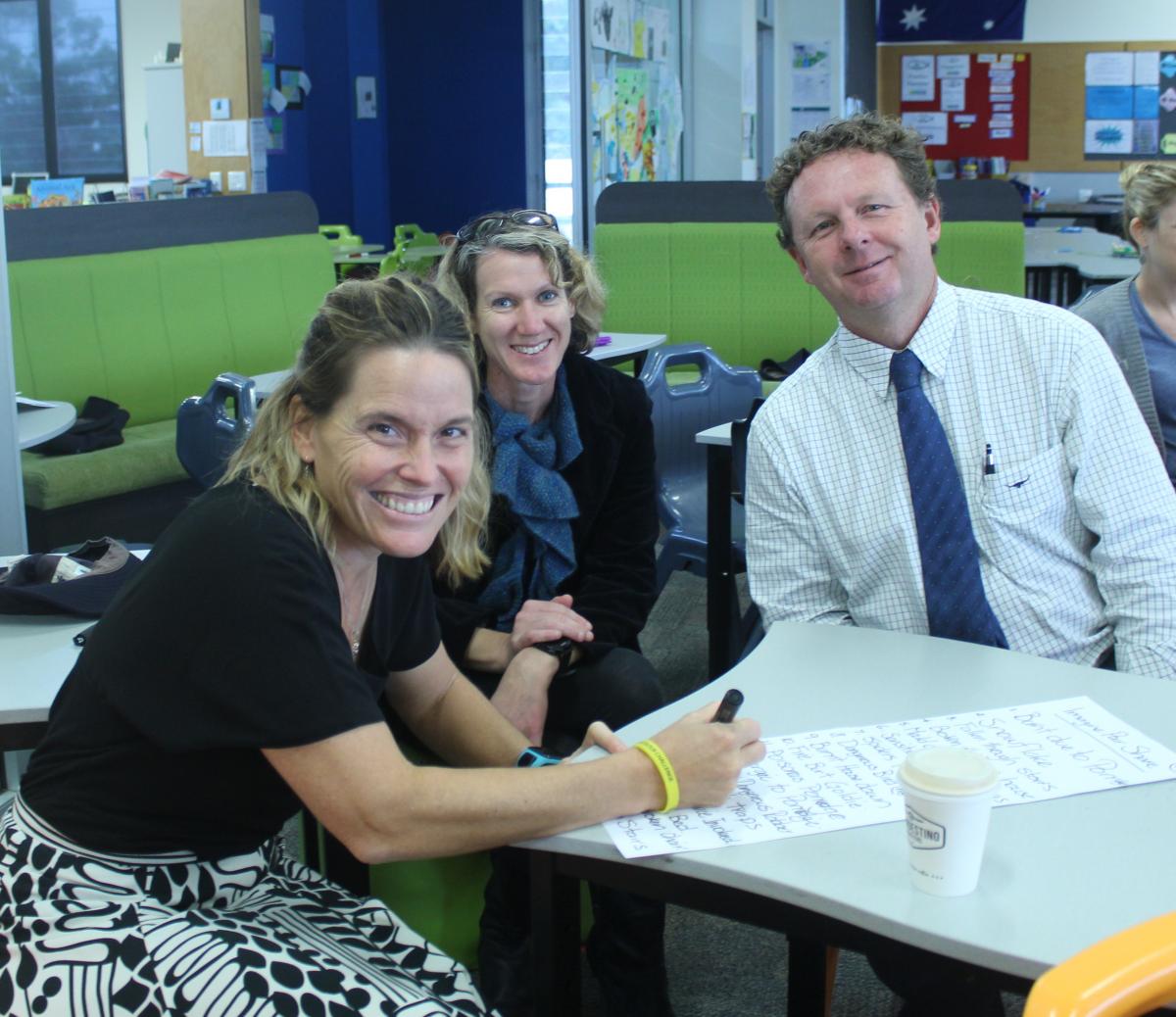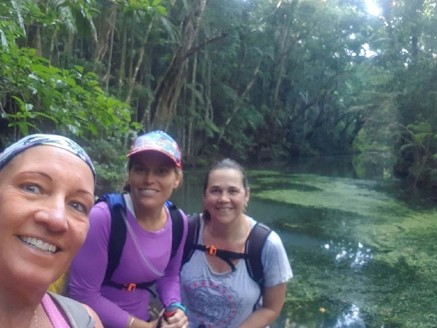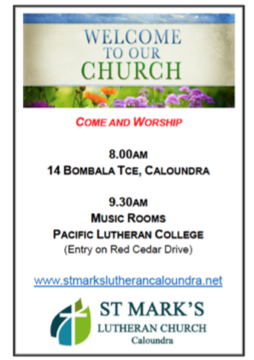At the beginning of typing a web address, we used to have to type www. and the full web address. Today, there is a tendency for us to access and search in the online environment without having to type this. However, it is important to remember the www (World Wide Web), because too often people forget about the global scope and reach of the online environment and post communication, images, or content that they think is 'private' or that there is some 'anonymity' in this context.
For the past five weeks, I have been working with all Year 6 Personal Development classes to unpack the nature of the online environment. I asked students 'Would you leave the front door of your home unlocked?' All students responded 'NO!’ which would please parents and guardians to read (learnt safety behaviours). However, we then viewed a clip where a young person (Becky) added another person that they did not know to their online friends, and this person was able to access and comment on Becky's pictures and take note of her location (through posts and check-ins), access her posted photos, recognise her school (through her photos) and communicate with her. As we listened to the voice-over (which depicted the online communication), the visual display demonstrated Becky on her computer in her bedroom, but the other person who she accepted and did not know had walked into the unlocked front door of Becky's house, into her bedroom and then started taking physical photos off the walls.
Students did convey surprise by the lack of physical security and safety that was on display; however, quick to see that Becky's choices online was what they were seeing (invitation, acceptance and sharing of information to someone she did not know). We also looked at scenarios regarding images and whether students would 'post, share, or delete' in response to various situations. It was very positive to listen to student’s depth-of-thought used to justify their responses: they considered the impact on themselves, their families and others by the choice of responses. We summarised the importance of care, dignity, respect, security and safety strategies for them to action. Also noting not to forget the www (World Wide Web) scope and reach.
In working with students in this area, it does come back to individual choices and the way in which one uses the technology. Ultimately, what people choose to do in the “real” world is not differentiated from the profiles one keeps or the interactions in the online or digital realm. In accessing the World Wide Web: we sometimes need reminders that this is a public space.
In growing young people in an ever-technological age, it is about individual choices in relation to appropriate communication and interactions that assist to shape a positive culture in which technology can enhance learning and social connections. It is not about solely blaming the capabilities of the device or the access to the technology when things go array, because technology will keep evolving. At the heart, having clear expectations about appropriate interactions and choices is important. Another vital component is to reflect on the length of time young people are accessing these devices. Dr Michael Carr-Gregg reflects on the importance of 'green time' and 'sleep hygiene': the ability to set expectations to ensure that young people are being active in the physical environment (putting the device away) and not having devices in bed rooms so that young people can get quality sleep.
‘Care, Dignity and Respect’ is a key theme that the college emphasises as key in building relationships and growing others and self. Therefore, whether a young person is using a pen/ pencil and paper as a tool for communication or an electronic device, they should be thinking before posting/ writing and when at school, using the device for educational purposes. We have been reflecting about the instantaneousness, public nature, highly accessible, global scope and reach and the permanency of online communication.
The Office of the eSafety Commissioner have a variety of resources to assist parents, who play a crucial role in helping your child have safe and positive experiences online. In understanding how children and young people use the internet, the risks they face and the strategies to manage risks, you can help enable your children to enjoy the best of the online world. For further information please go to this link: https://esafety.gov.au/education-resources/iparent. I would also encourage parents and guardians to access the college's SchoolTV resource (http://pacificlutheran.qld.schooltv.me/category-latest-newsletter), which provides clips, fact sheets, apps and further websites to a range of topics published monthly linked to leading specialists and organisations reflecting on the social and emotional health of young people. A valuable and professional resource to keep us updated on relevant topics.
Pacific Lutheran Alumni
Are you a past student of Pacific Lutheran College? We are still interested in hearing from and connecting with past students of Pacific Lutheran College for our upcoming Compass Review. Thank you already to a few Pacific Lutheran Alumni who have emailed contributions. If you are able to contribute to this college publication, please email lwallis@pacluth.qld.edu.au for more information.
Mrs Kim Bonello, Head of Senior School Students

 It was a delight to watch the U13 rugby team play their semi-final last night. In a tightly contested game both teams were playing with passion, skill and tenacity. The boys are to be congratulated on their growth over the season under the guidance of coaches Mr Jordan MacLeod and Mr Scott Crompton who can be proud of the team work, skill and game awareness they have grown in the boys. We wish the boys and their coaches all the best for next week’s grand-final.
It was a delight to watch the U13 rugby team play their semi-final last night. In a tightly contested game both teams were playing with passion, skill and tenacity. The boys are to be congratulated on their growth over the season under the guidance of coaches Mr Jordan MacLeod and Mr Scott Crompton who can be proud of the team work, skill and game awareness they have grown in the boys. We wish the boys and their coaches all the best for next week’s grand-final.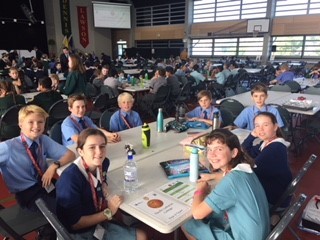 Teams across Years 5-10 enjoyed the opportunity to represent the College at the Queensland da Vinci Challenge on the Gold Coast last week. This academic competition involved teams from across South East Queensland competing across eight disciplines. We congratulate all teams and particularly the Year 9 team who achieved second place in the Ideation competition. The teams have been involved in weeks of lunch time practice. We congratulate and thank them and leaders Mrs Jo Belchamber, Mrs Mel Ousley and Mrs Christine Doyle for their expertise and commitment.
Teams across Years 5-10 enjoyed the opportunity to represent the College at the Queensland da Vinci Challenge on the Gold Coast last week. This academic competition involved teams from across South East Queensland competing across eight disciplines. We congratulate all teams and particularly the Year 9 team who achieved second place in the Ideation competition. The teams have been involved in weeks of lunch time practice. We congratulate and thank them and leaders Mrs Jo Belchamber, Mrs Mel Ousley and Mrs Christine Doyle for their expertise and commitment. Children, teachers and parents across P-2 enjoyed their Under 8s day where they explored language and culture through a
Children, teachers and parents across P-2 enjoyed their Under 8s day where they explored language and culture through a 
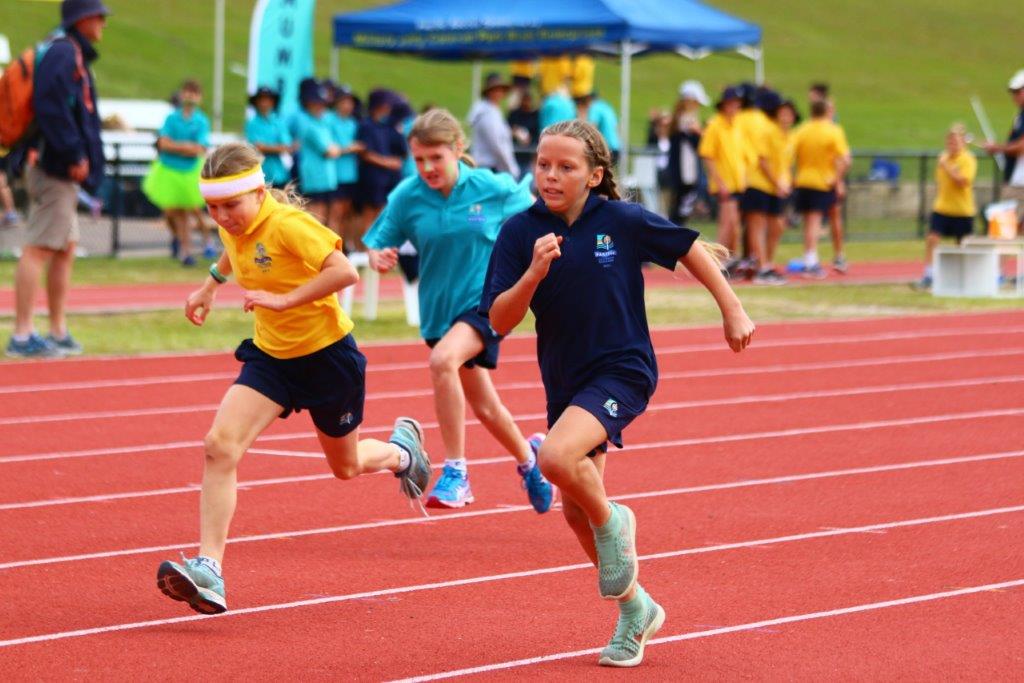 Thankfully the weather held out for the Year 3-6 Athletics carnival this week. Students participated with enthusiasm and great spirit, encouraging each other to do their best as they rotated around various activities. Strong performances and good sportsmanship were on display as students gave their best. We thank Mr Darren Hooper, Mrs Natalie Campbell and staff for their leadership and organisation and the Friends of Pacific BBQ team for providing food that was greatly appreciated.
Thankfully the weather held out for the Year 3-6 Athletics carnival this week. Students participated with enthusiasm and great spirit, encouraging each other to do their best as they rotated around various activities. Strong performances and good sportsmanship were on display as students gave their best. We thank Mr Darren Hooper, Mrs Natalie Campbell and staff for their leadership and organisation and the Friends of Pacific BBQ team for providing food that was greatly appreciated. Congratulations to Gemma Taylor, Sebastian Box, Charles Box, Eden Williams, Lachlan Eden, Dion Owen and Jasmin Groves who were selected to be part of the State Honours Ensemble Program at the Brisbane Conservatorium of Music in conjunction with Griffith University over the weekend. This is a tremendous op
Congratulations to Gemma Taylor, Sebastian Box, Charles Box, Eden Williams, Lachlan Eden, Dion Owen and Jasmin Groves who were selected to be part of the State Honours Ensemble Program at the Brisbane Conservatorium of Music in conjunction with Griffith University over the weekend. This is a tremendous op portunity for students to work with leading conductors and then perform with talented musicians from across South East Queensland. We thank Mrs Helen Williams for her organisation and support of this experience.
portunity for students to work with leading conductors and then perform with talented musicians from across South East Queensland. We thank Mrs Helen Williams for her organisation and support of this experience.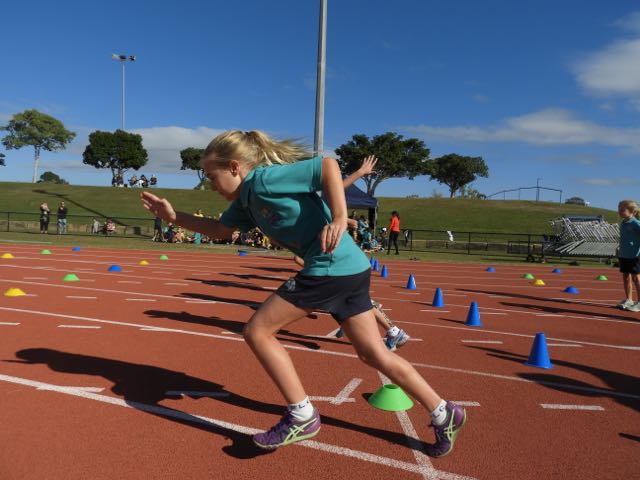
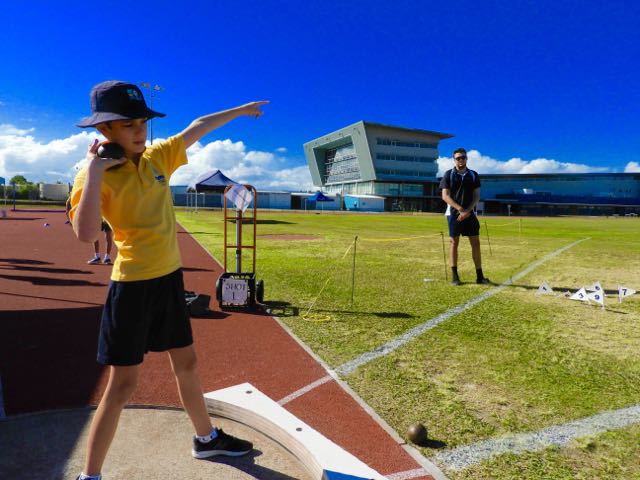
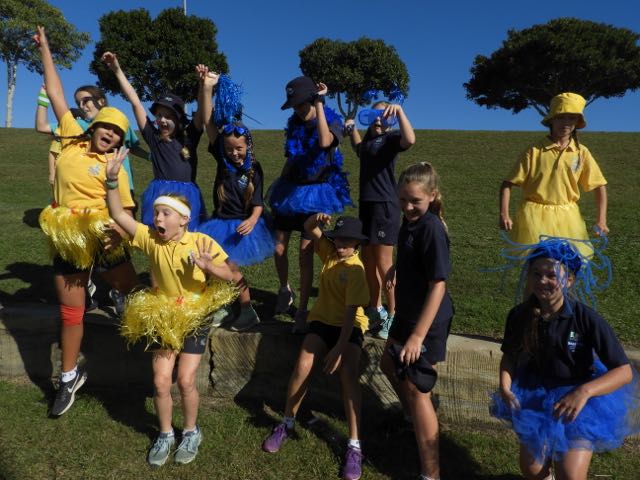

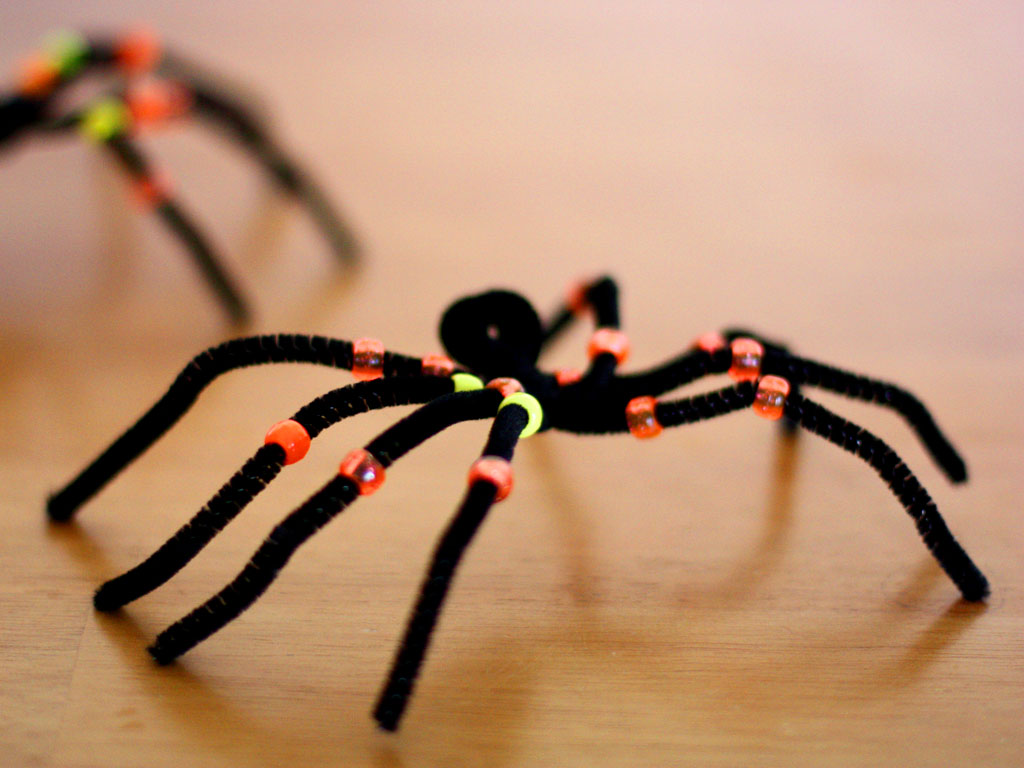
 Last weekend seven middle college students were lucky enough to be nominated and selected for a State Honours Ensemble Programme (SHEP) at the Brisbane Conservatorium of Music in conjunction with Griffith University. The State Honours Ensemble Program is an educational program for music students that helps extend and encourage their pursuit of musical excellence.
Last weekend seven middle college students were lucky enough to be nominated and selected for a State Honours Ensemble Programme (SHEP) at the Brisbane Conservatorium of Music in conjunction with Griffith University. The State Honours Ensemble Program is an educational program for music students that helps extend and encourage their pursuit of musical excellence.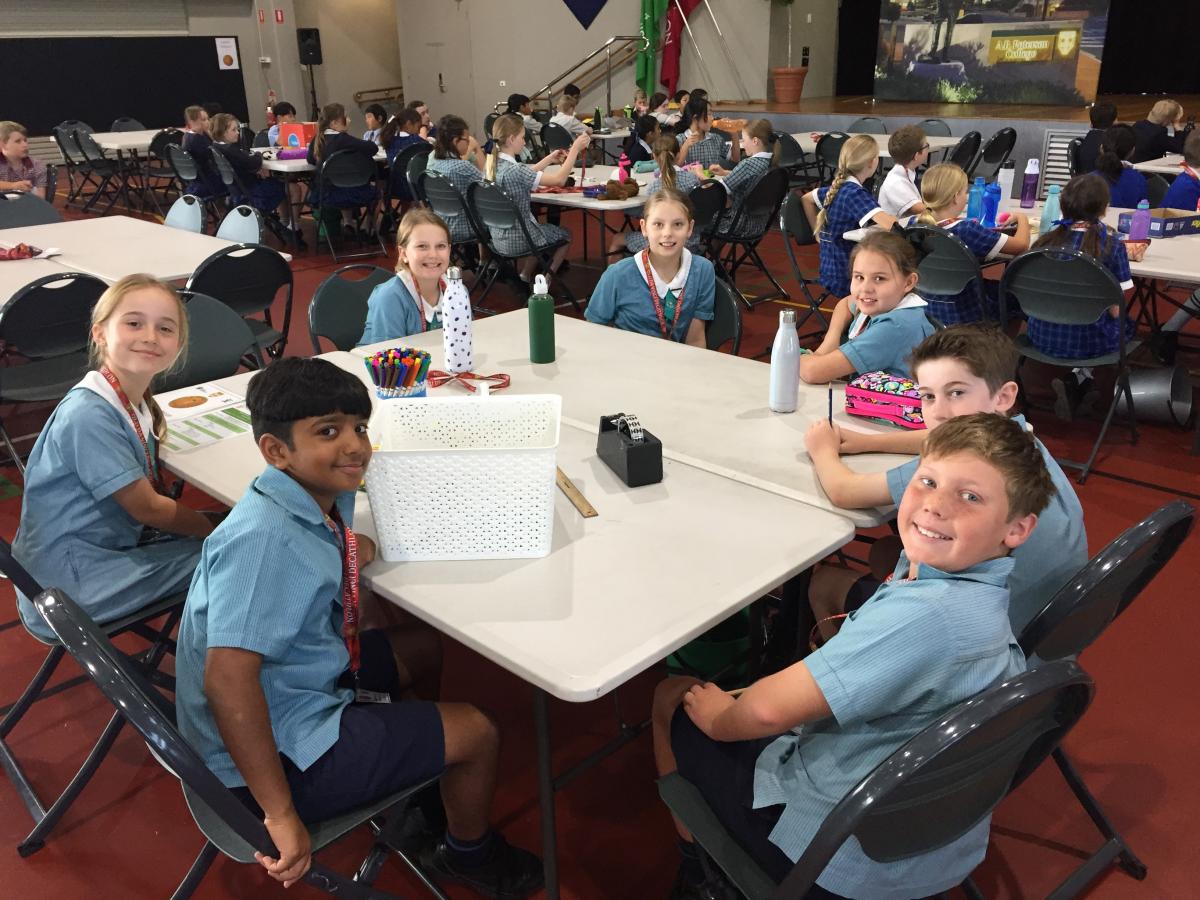
 ave your orders placed.
ave your orders placed.
